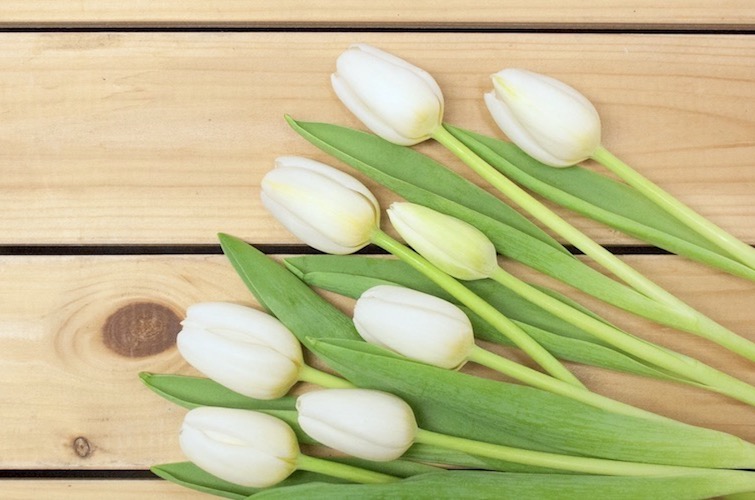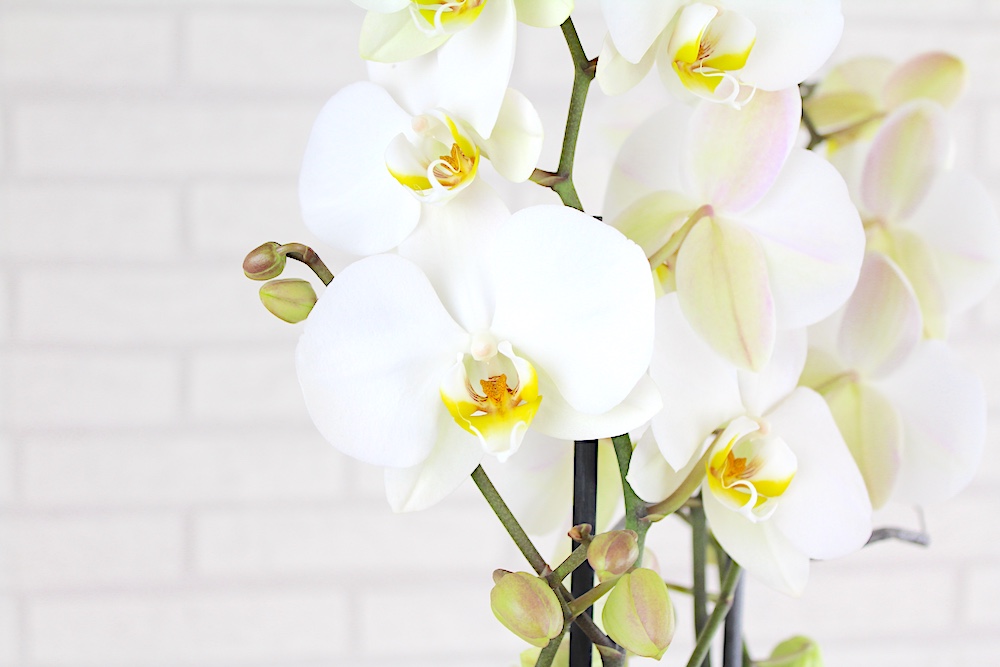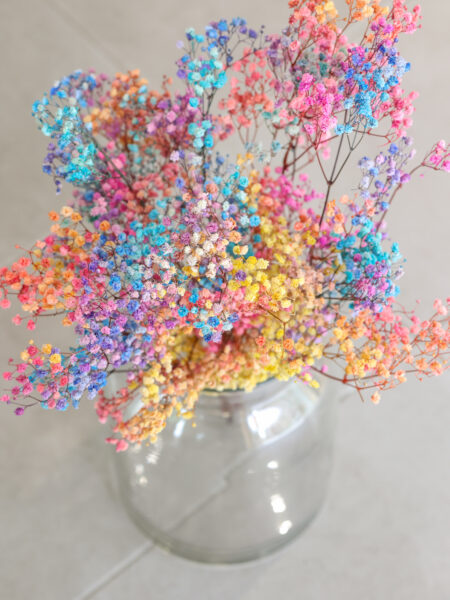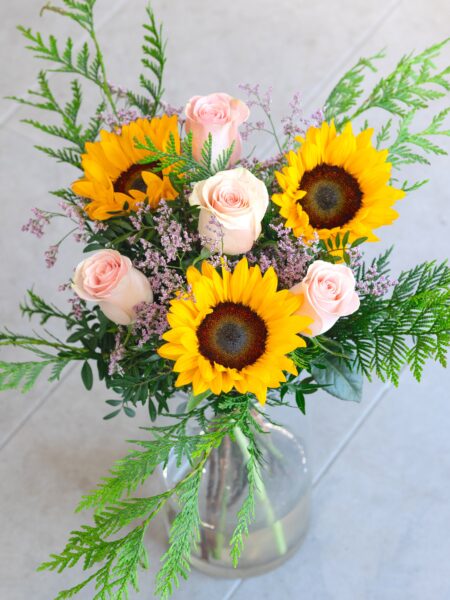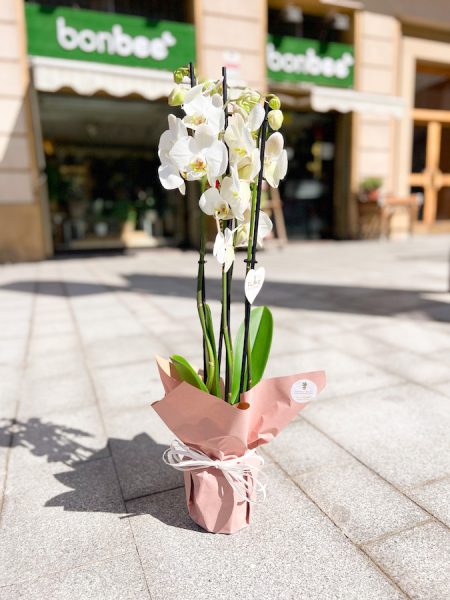Today, in BonBlog, we bring you a very curious episode in the history of the floral industry. And yes, today it's time to talk about history. In the 17th century, Holland experienced one of the strangest economic bubbles in European and even world history: the tulip inflation. During this period, tulips became a very valuable commodity, costing more than houses, ships and other valuable possessions. This tulip fever began in the Amsterdam flower market and spread throughout Holland, reaching its peak in 1637.
The tulip arrived in Holland in the 16th century and quickly became a very popular flower. Tulip bulbs became a very profitable form of investment, and traders began to speculate on them. Rare and unique bulbs became the most coveted and prices rose exponentially.
Nowadays, the flower market is still very important all over the world, including in Barcelona. In cities like ours, people can find a wide variety of flowers to send home, to make a special gift to their loved ones.
The tulip market was organized around auctions. Buyers bid for the bulbs, which were sold by weight in a system similar to modern auctions. The most successful tulip traders became celebrities and rubbed shoulders with the richest and most powerful members of Dutch society.
However, the economic bubble finally burst in 1637, when tulip bulb prices began to fall rapidly. Buyers realized that prices were unsustainable and began to withdraw from the market. As a result, prices plummeted and many tulip merchants lost their investments.
Despite its decline, the tulip market had a lasting impact on the Dutch economy. Tulip inflation helped establish Amsterdam as a major financial center and contributed to the wealth and power of the Netherlands. The tulip craze also became a legend in Holland, and the flower remains an iconic symbol of Dutch culture and history.
In conclusion, the Dutch tulip inflation is one of the most fascinating economic bubbles in history. This floral craze demonstrates how speculation and greed can lead to unsustainable prices and an unbalanced economic market. Although the tulip bubble finally burst, the lasting impact of this floral fever continues to be felt in the Dutch culture and economy to this day. In Barcelona, people can enjoy the beauty of flowers and send flowers home in Barcelona as a special gift for their loved ones. And in this process flowers arriving from Holland are one of the main protagonists.

